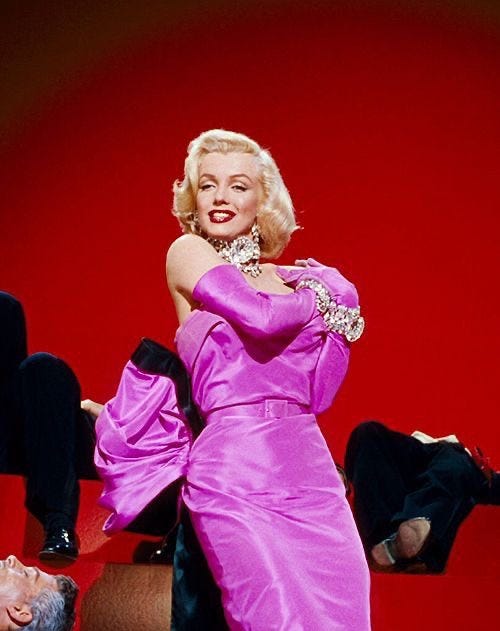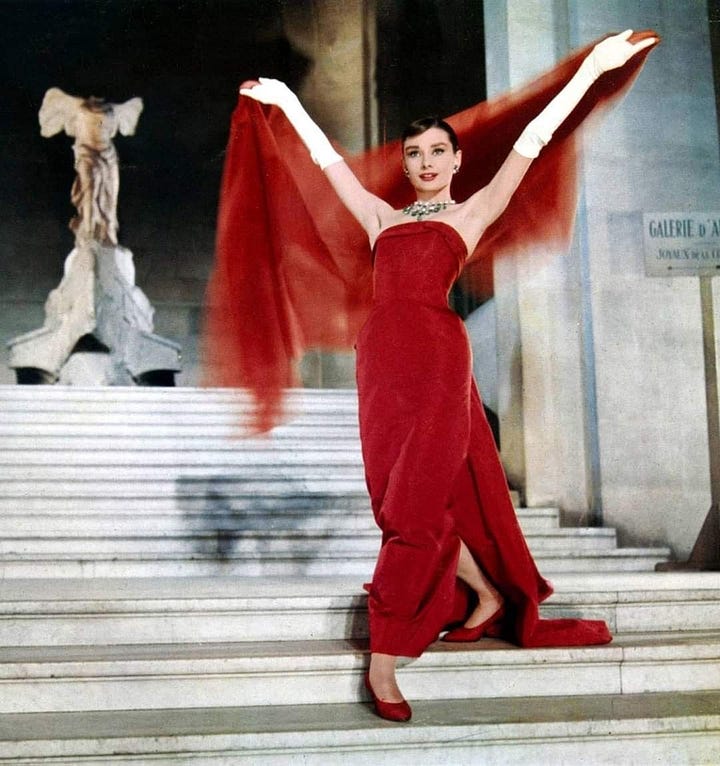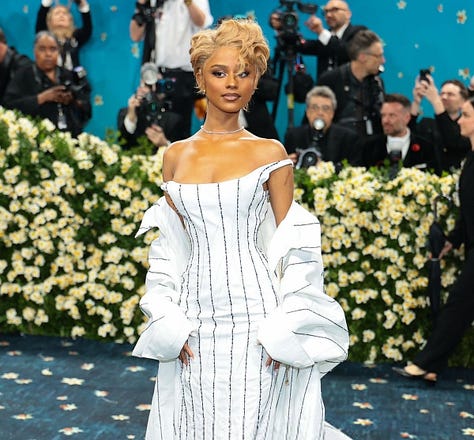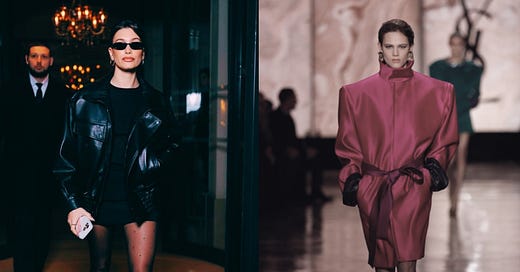Do Celebrity Looks Now Matter More Than the Runway?
If it didn’t catched the eye of a star, did the collection even matter?
Once upon a time, in a far-away land, runway collections set the tone for fashion. That was, naturally, before mainstream culture and subculture movements. Hollywood classics like ‘‘Gentlemen Prefer Blondes,’’ ‘‘Funny Face,’’ and ‘‘Mahogany’’ found their way into the fashion universe, leaving a lasting sartorial impact on generations. Then, came Vivienne Westwood, once inspired by punks, who became fashion’s rebellious icon. And when Anna Wintour put celebrities on Vogue covers, the game changed forever.
Now, as soon as celebrity X was spotted wearing Y, the clothing item instalty enters not only the cultural zeitgeist but fashion’s too. Such shift leave us wondering: In fashion, what matters the most these days, runways or celebrities?
As couture week unfolds, we take a closer look. Fashionistas, insiders and media outlets are commenting on the artistry of houses like Iris van Herpen, Schiaparelli, and Ashi Studio—each one a couture masterclass. Simultaneously, front row fashion is creating its own buzz—iykyk.
Naturally, for those who appreciate fashion artistry, there is a balance that sometimes leans more toward front row guests or the content on the runway, depending on who you ask. Still, when we talk about fashion trends, the conversation changes.
Before celebrities captured the world’s attention, the spotlight belonged to royalty and wealthy artists and intellectuals, whose mystique traveled through painted portraits and books — think of Marie Antoinette. They were the ones to set fashion trends for their social influence and economic status — does that sound just a bit familiar?
During Hollywood’s golden age spanning the 1920s to the 1950s, movie stars were born and replaced the aristocracy’s influence — most of the monarchies had fallen by then, and the first world war had wound down, bringing a shift toward new ideas, a new era. Perhaps people have always needed someone to look up to. But it’s not a coincidence that the power to influence behaviors have frequently fallen in the hands of those with cultural capital, monetary capital, or both.
Be it super stars like Marilyn Monroe and Audrey Hepburn or musicians like Jane Birkin and Diana Ross, these women weren’t just artists with successful careers. They became cultural forces who captivated the public not only with their talent, but with their own wardrobes, their own choices, their own minds, and their own lives.




The decades that followed continued this fascination: Grace Jones, Madonna, Princess Diana, the Supers, Angelina Jolie, Beyoncé, and Rihanna each captivated the world’s gaze, developing an enduring parasocial relationship with their fans that blurred the line between private and public.
As celebrities supplanted the aristocracy with their money, fame, and in some cases, talent, they became influential. And with the constant rise of celebrity culture, the advance of social media, and the easy access that came with it, their power to set trends and define what is fashion has never been stronger.



Brands have long understood that celebrities equal profit. Consequently, they invite stars to their shows, dress them, and cast them in campaigns. That’s why we see so many celebrities walking in fashion shows, wrapped in couture, or sitting in the first row. Because it helps sell. It keeps the brand in the public eye. Beautiful clothes aren’t enough anymore. They need celebrities’ influence to truly thrive.
Sure, the runway might be the place where fashion is born. But it is on the red carpet, in the cheeky Instagram post, or a paparazzi walk where it sells. Because in an era where influence is everything, nothing sells better than that star-studded appeal.








